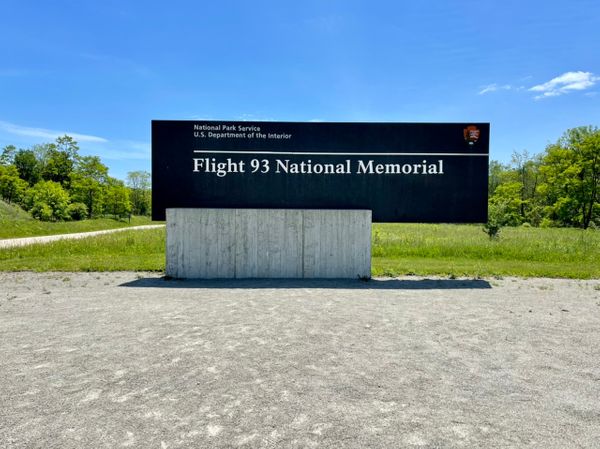Gulf Coast National Seashore
The Gulf Coast National Seashore covers a lot of territory across Mississippi and Florida. There are places along the Gulf Coast and a number of barrier islands included in the park. From the furthest western point of Cat Island, MS, it is 160 miles to the furthest eastern point in Okaloosa (east of Fort Walton, FL). The area was designated a National Seashore by Congress on January 8th, 1971.
This park is really interesting both ecologically and historically. There are bayous, beaches, marshes, and lots of hiking trails. Many parts of the park are only accessible by boat, and when we were there most of these were inaccessible because of the weather and effects of Hurricane Zeta and Hurricane Sally. Additionally, Fort Barrancas was closed because of Covid.
There are several historic forts that are part of the Gulf Coast National Seashore, including Fort Massachusetts on Ship Island, Fort Barrancas, and Fort Pickens, which was one of only four southern forts that remained under Union control during the Civil War. There are also at least two lighthouses, one on Ship Island and one near Fort Barrancas, but neither was open when we visited.
There are a number of campgrounds that are part of the park, and we stayed at two: Davis Bayou and Fort Pickens. There is also a lot of backcountry camping available on the barrier islands and on beaches and a youth group campsite at the Naval Live Oaks area.
We didn't get to go to Cat Island, but the national parks website talks about how it was the site of top secret mission for Japanese American soldiers during WWII. The officers had an idea that Japanese people smelled different from other races, so they asked the Japanese American soldiers to basically run from dogs. The idea was that they could train dogs to sniff out the Japanese and be aggressive to them. It didn't work, obviously, as people smell differently based on their diets, not their ancestry, but many were injured during the training.
In 2010, Barack Obama signed a bill that awarded the Congressional Gold Medal to 19,000 Japanese Americans who fought for the US during WWII.



